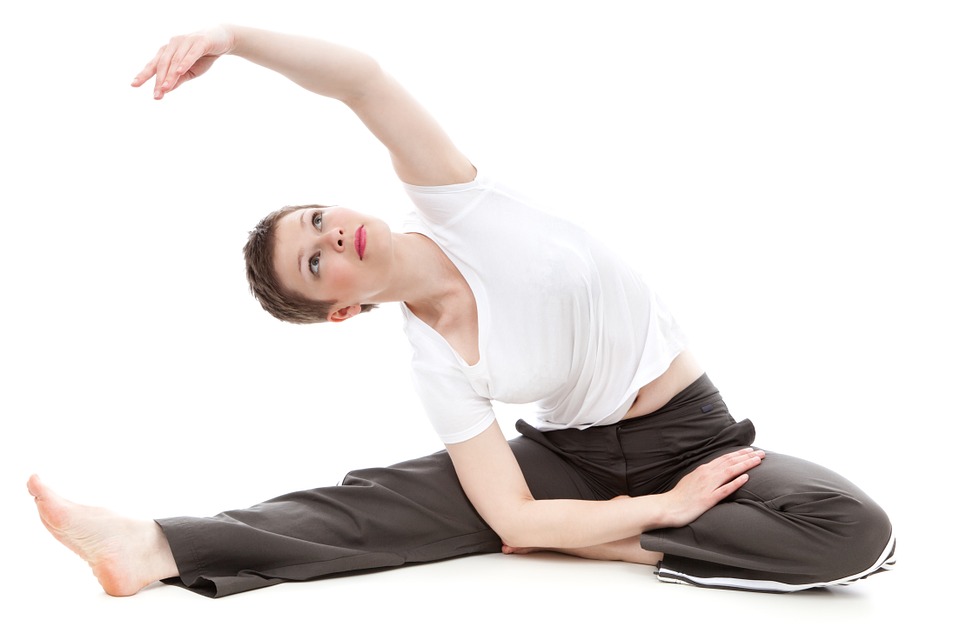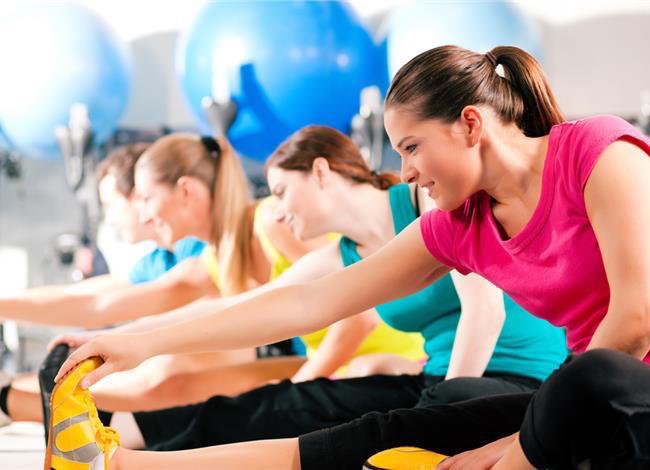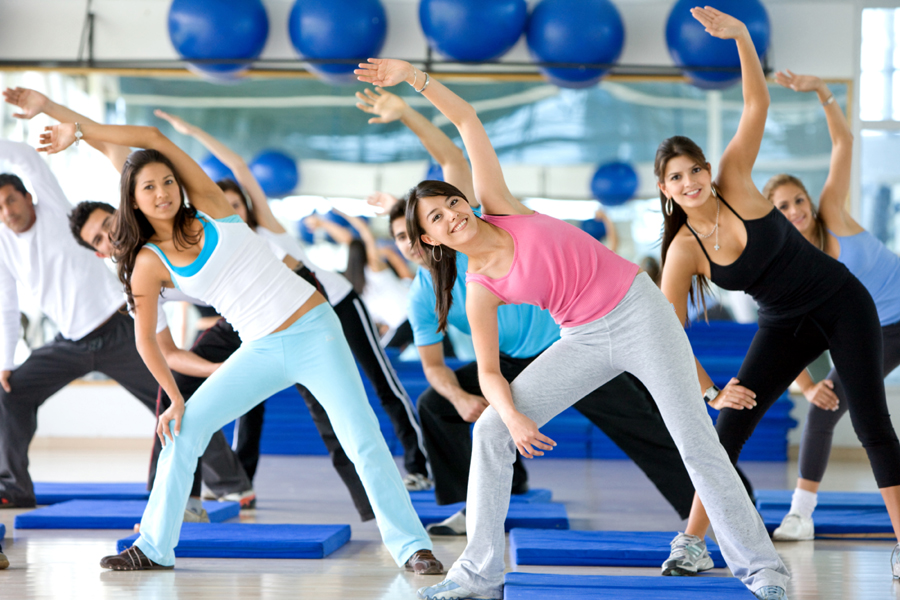How to Make the Most out of Prenatal Pilates
Pilates is an effective prenatal exercise for women who want to stay fit while at the same time preparing for childbirth. This is because unlike other pregnancy exercises, Pilates targets the whole body in terms of staying fit and strengthening the wellbeing in preparation for labor. Pilates also works on specific muscle groups, such as the core area, pelvic floor, upper and lower back, and the lower torso, as these are the most affected regions of the body during pregnancy.

Like other Pilates variants, prenatal Pilates is slow-impact, and therefore produces less stress on the body after workout. Women who are experiencing pregnancy issues such as breathing difficulties, slow mobility, and swelling of the hands and feet may benefit a lot from Pilates prenatal exercises, since they get to recuperate from these conditions without being at risk to greater workout pain.
But how exactly can you enjoy the benefits of Pilates as a prenatal exercise? Below are a few tips:
- Ask your doctor first.
Before going through any kind of pregnancy exercise program, it is best that you check with your doctor first. Asking for a medical expert’s opinion is very important since it gives you a clear picture of your condition, and as well the kind of exercise that you should follow.
While Pilates is generally recommended to everyone, a doctor’s recommendation is still required so that you are able to avoid possible injuries or conditions that may put you and your baby at risk.
- Eat before exercise.
Pilates can be physically draining, even if its routines are slower in terms of pace and performance. At the end of a session you may feel tired and hungry, so it is best that you eat a meal at least 1 hour before your workout schedule.

Eating is essential since you are taking in nutrients for two people: your baby and yourself. It is also important to bring plenty of water during a Pilates class, so that you get to stay hydrated while performing the routines.
- Wear comfortable clothes.
Wearing comfortable clothes is required in Pilates since you will be doing a lot of movements in the span of 45-60 minutes. Comfortable clothes include garments that are not that loose but allow you to move the way you want to without feeling strained or limited.
There are a lot of workout clothes that are designed for pregnant women; you may want to take a look at these variants so that you know what to wear on your upcoming Pilates session.
In addition, it is important to wear socks during a Pilates class. Most of the routines are done on the floor using a Pilates mat, and wearing socks prevents you from slipping or sliding down the floor during exercise.
- Warm up at home.
If you are enrolled in a Pilates class for your prenatal exercise, it is recommended that you do some stretching at home to warm your body prior to the session. Stretching can be done on the floor or while standing, and may be performed for 3-5 minutes. Stretching helps in waking up the muscles and releasing feel-good hormones, which are essential in keeping you relaxed and upbeat throughout the day-including while in your Pilates workout.
http://www.babycenter.com/0_the-13-rules-of-safe-pregnancy-exercise_622.bc
http://www.fitpregnancy.com/exercise/prenatal-workouts/pilates-mama-pilates-every-trimester







